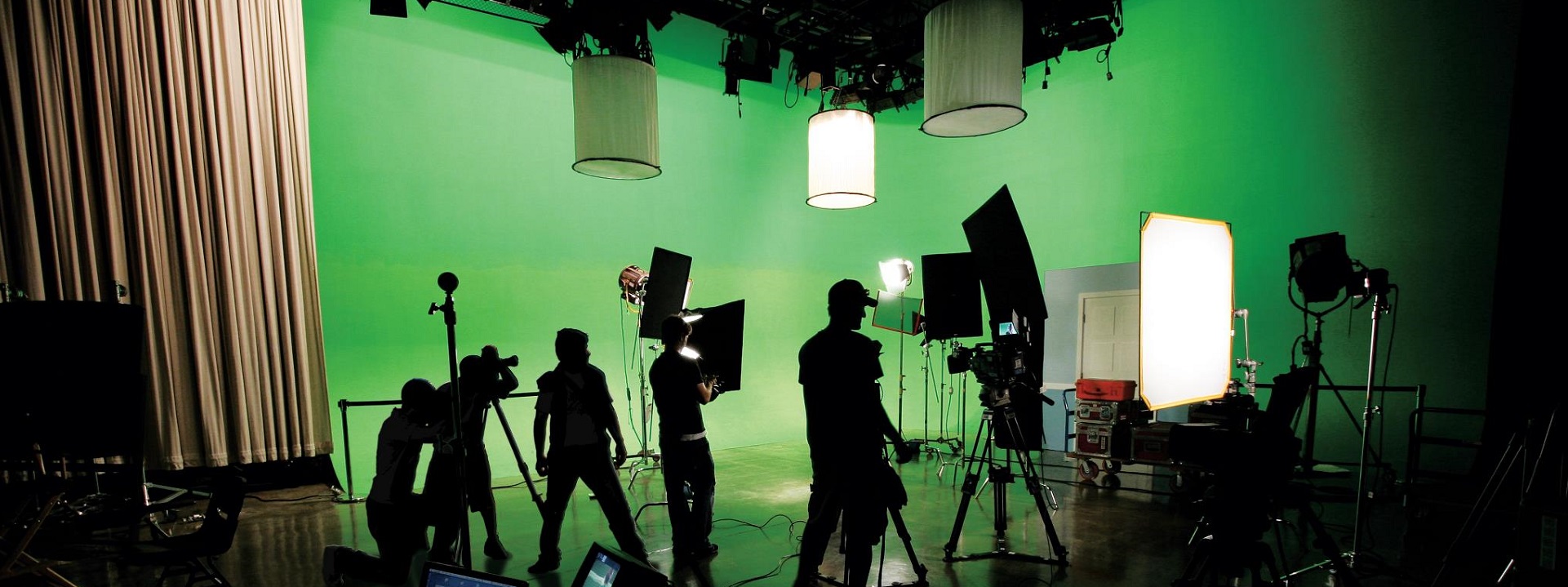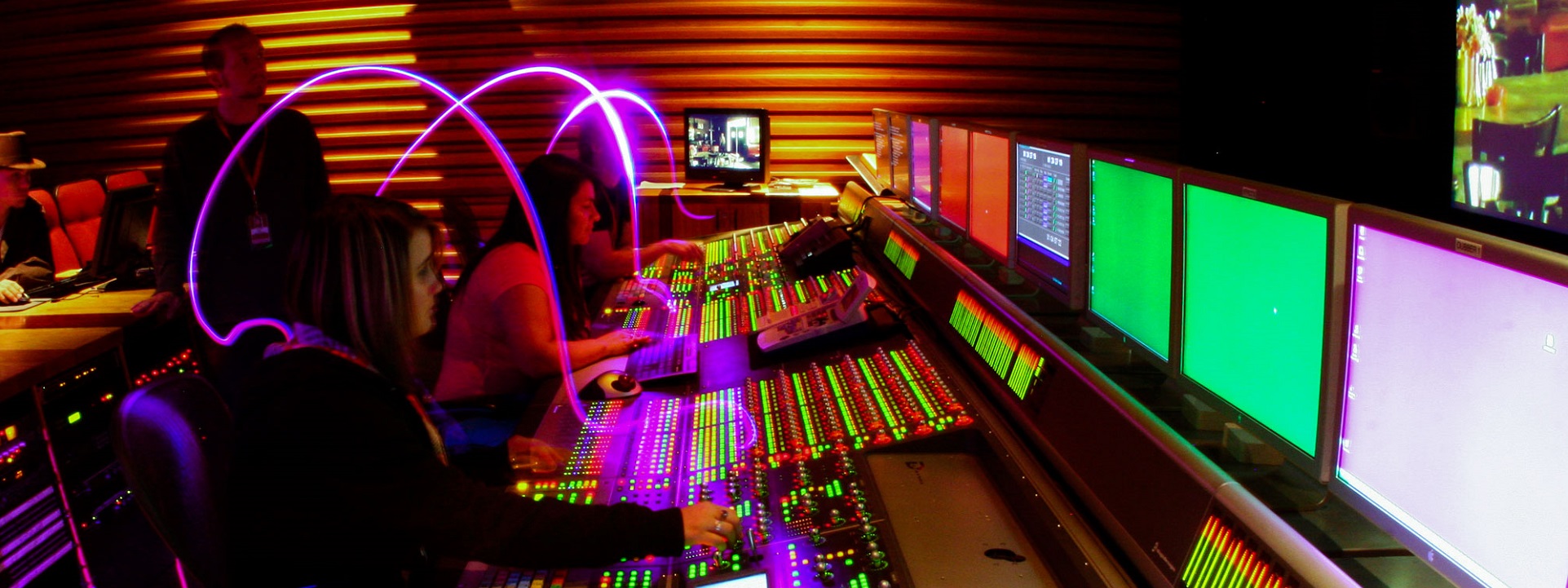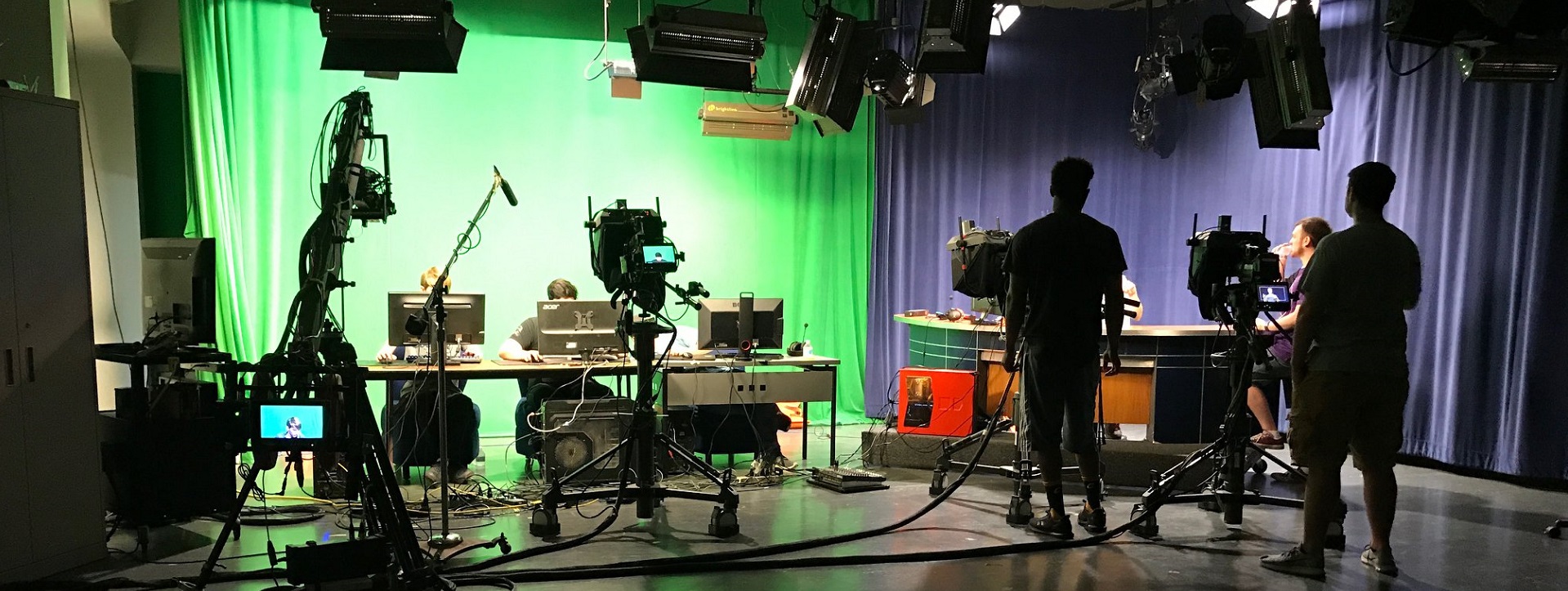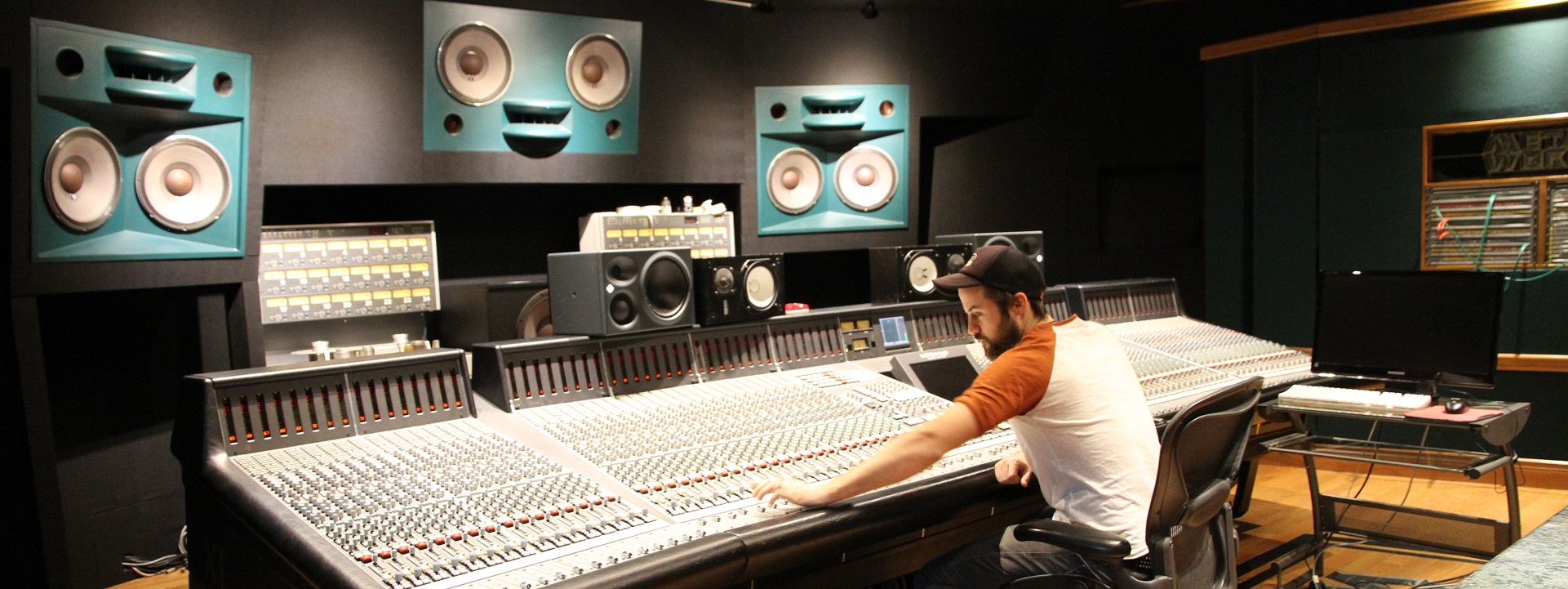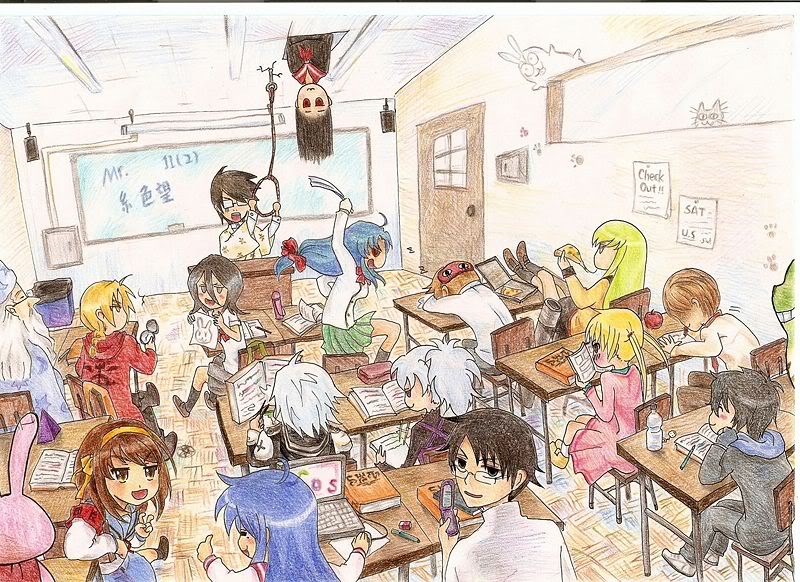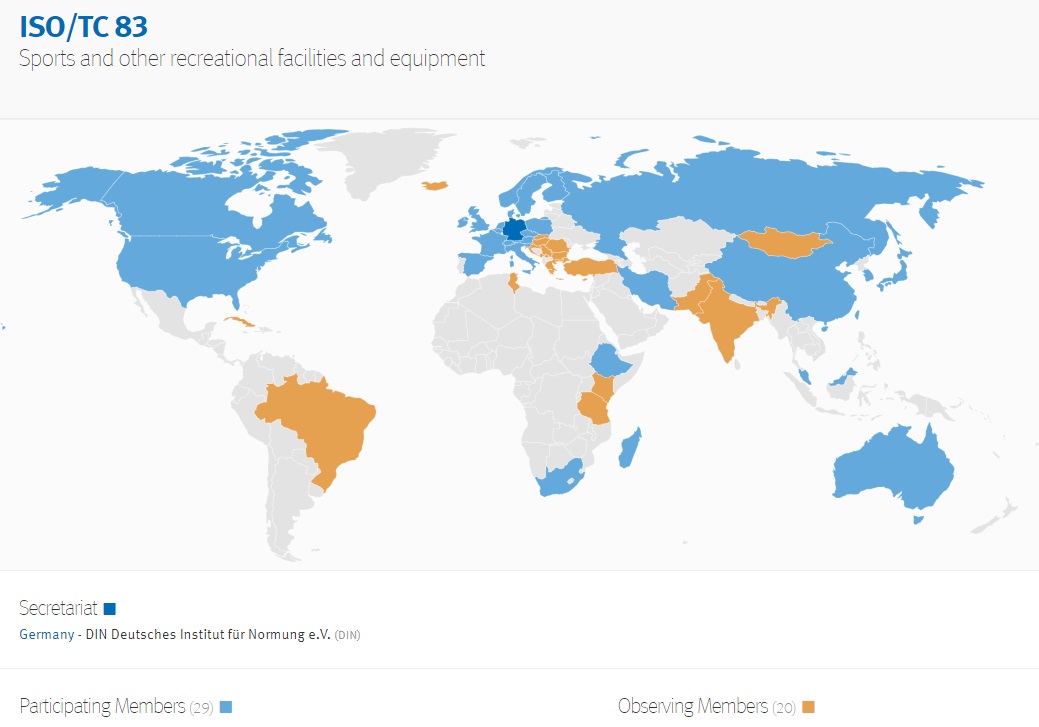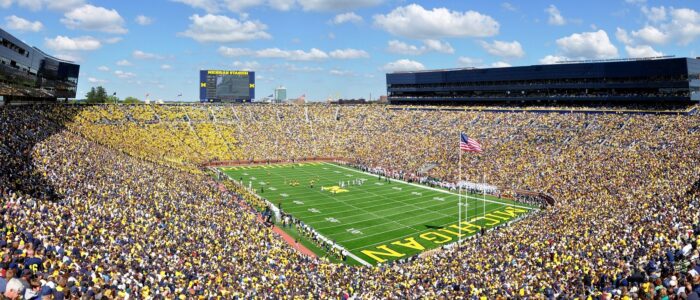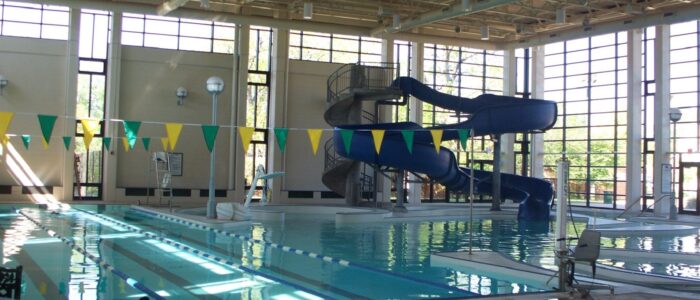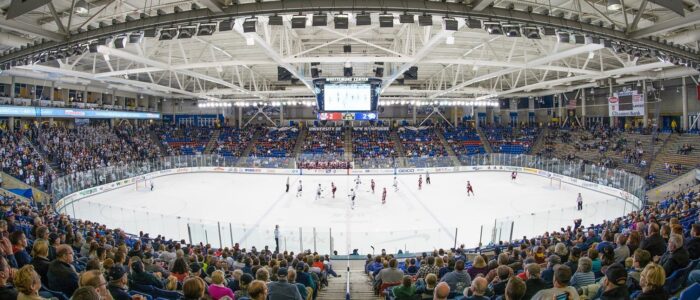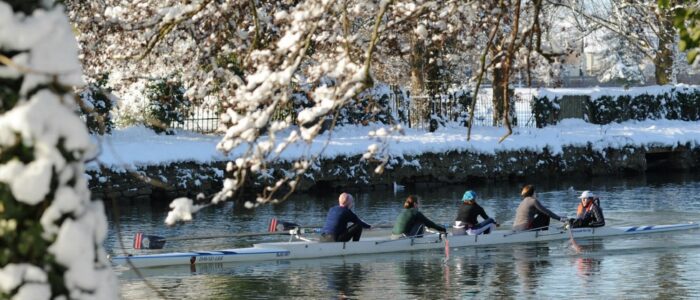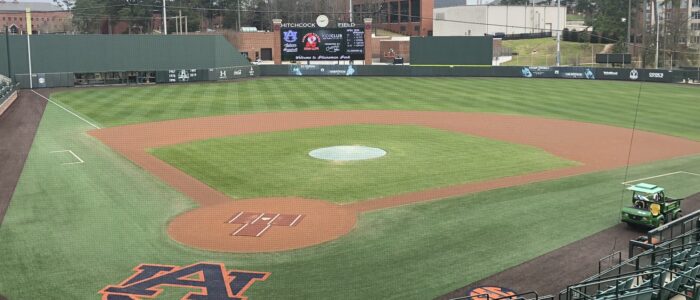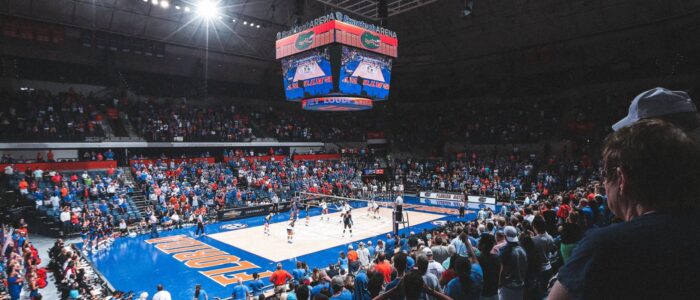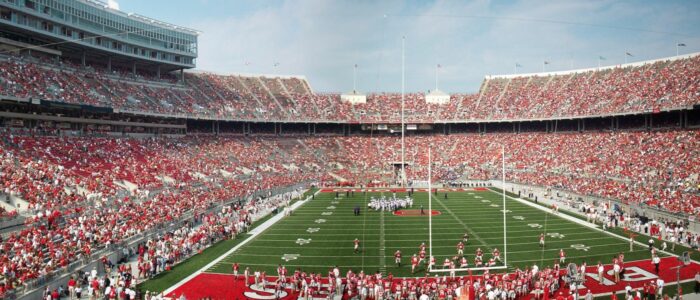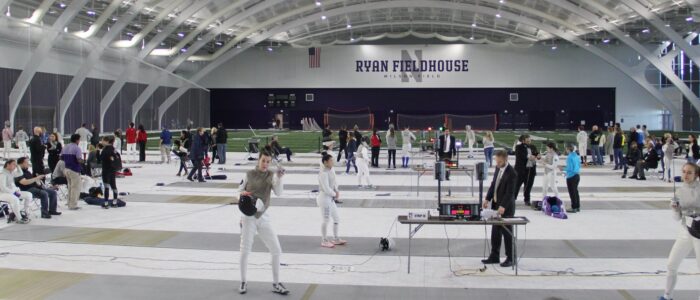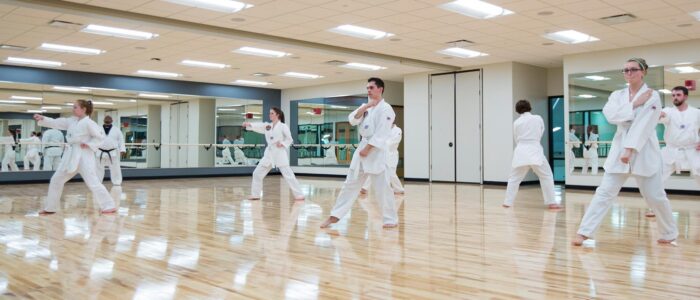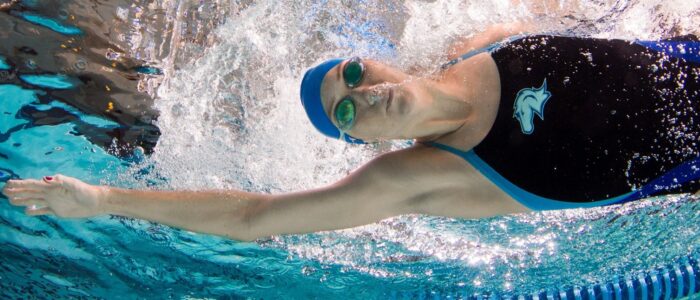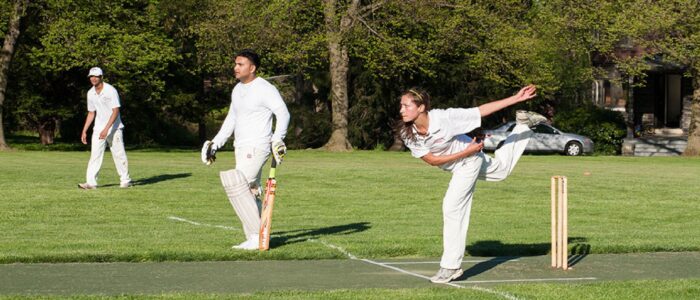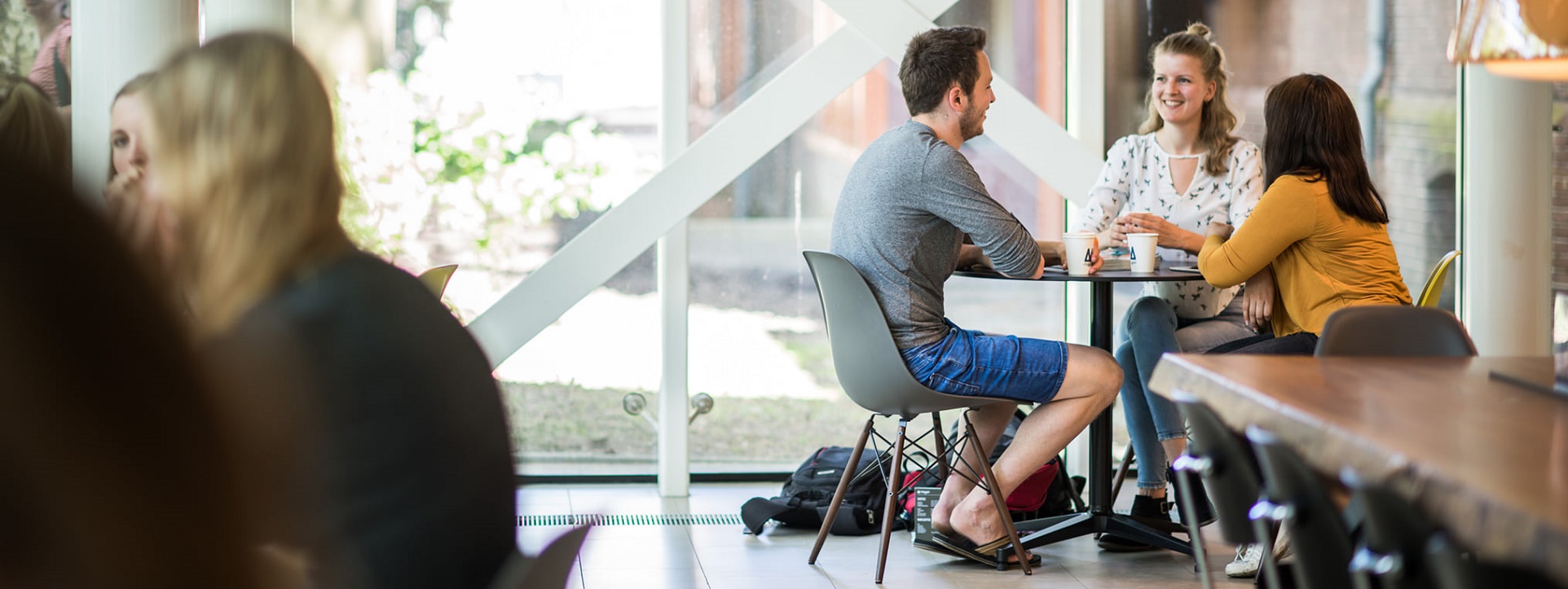Education communities in every nation provide a locus for community cultural art production, enjoyment and instruction. It is both a consumer and producer; with the expansion of massive open online curricula drawing from the best practices conveyed from the visual arts.
One of the first names in this domain is the Society of Motion Picture and Television Engineers that support the technical framework and global professional community that makes motion picture, television and professional media available for all humanity to enjoy for artistic, educational and social purposes. The landing pages for its standards development enterprise are linked below:
There are no open consultations on any SMPTE practice titles but one of its quarterly standards updates will happen sometime during January 2020
We maintain SMPTE titles on the standing agenda of our Lively Arts, Power, Fine Art and Infotech colloquia. We also collaborate with the IEEE Education & Healthcare Facilities Committee which meets 4 times monthly in European and American time zones. See our CALENDAR for the next online meetings; open to everyone.
![]()
Issue: [Various]
Category: Academics, Seven Lively Arts Facilities, Electrical, Telecommunication
Contact: Mike Anthony, Sanne Clare Anthony, Jim Harvey, Richard Robben
More
SMPTE Standards Annual Report 2019




